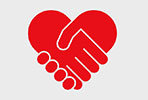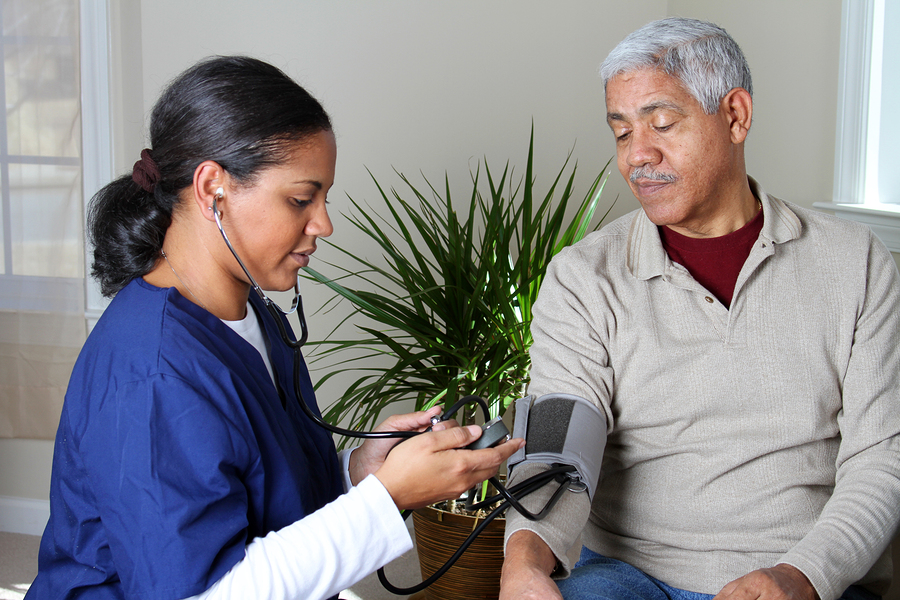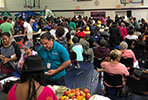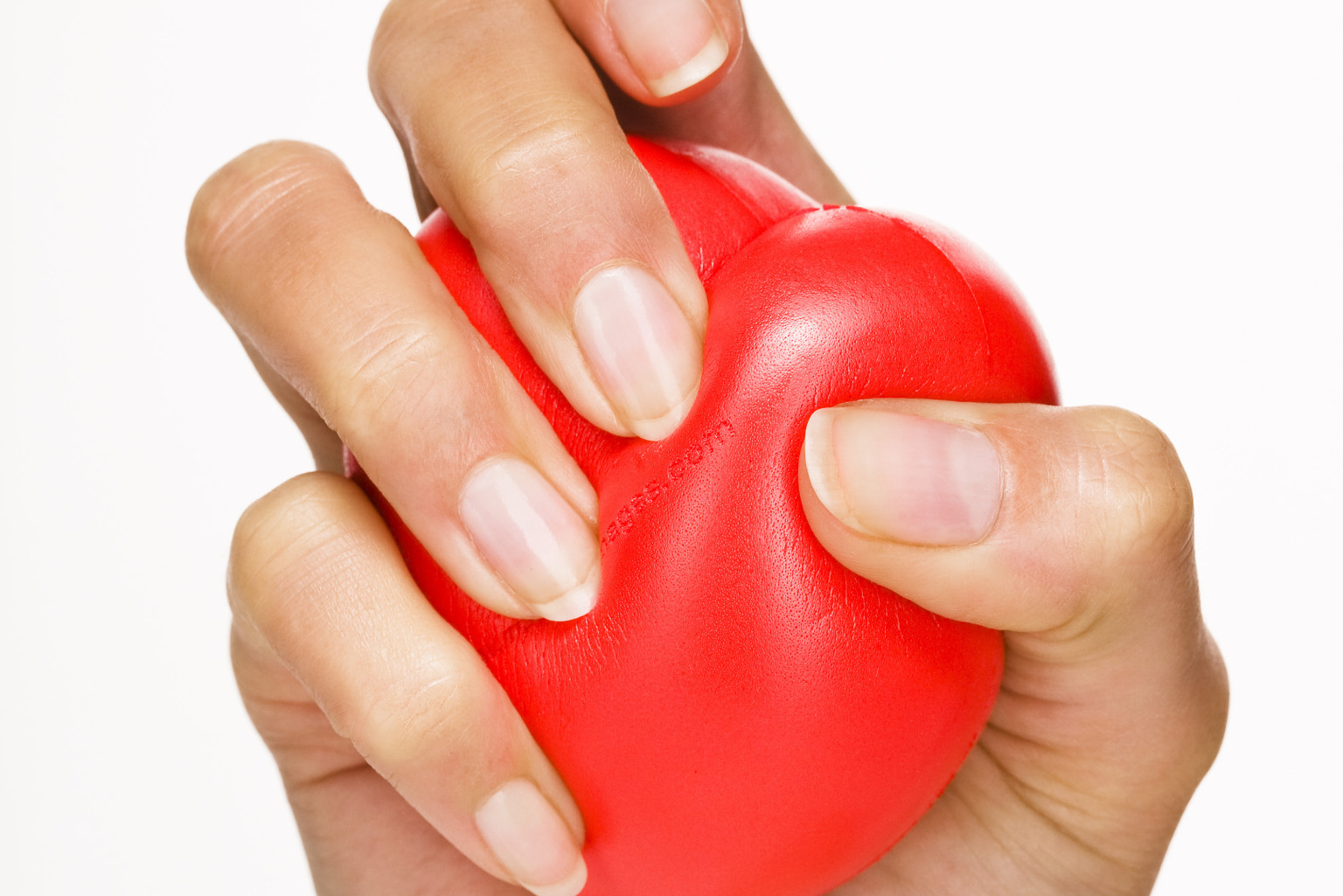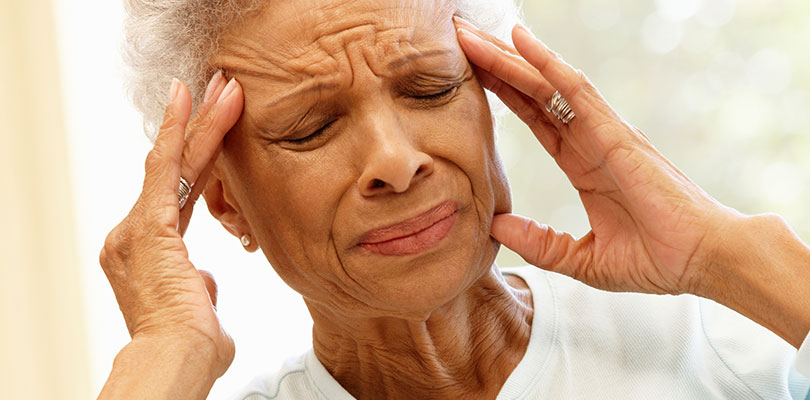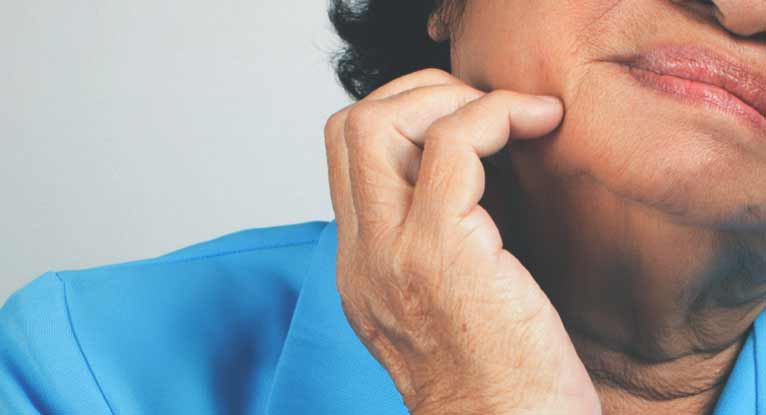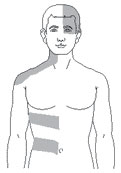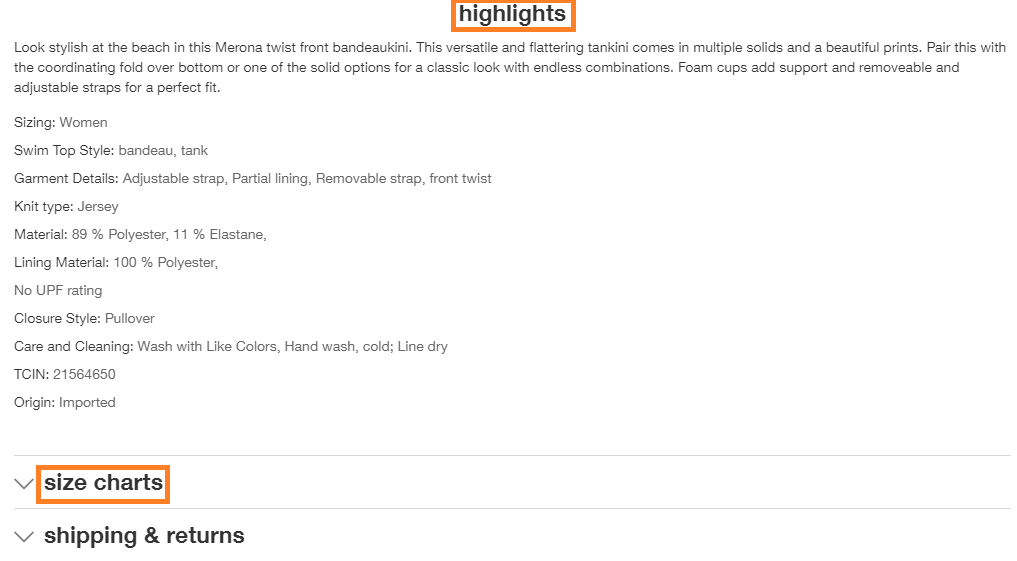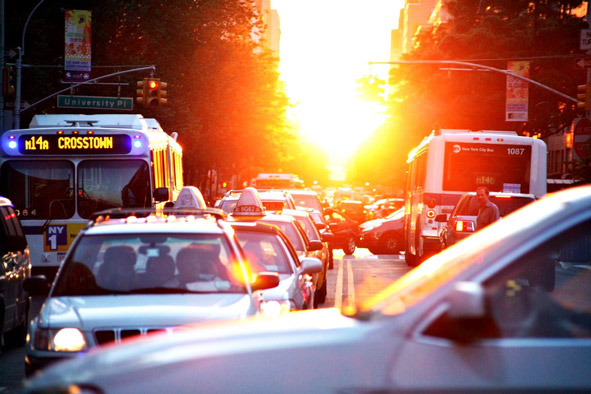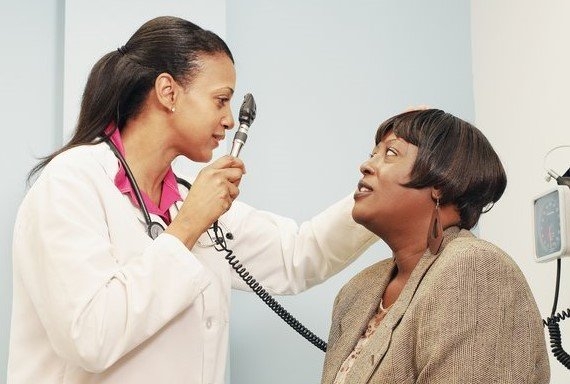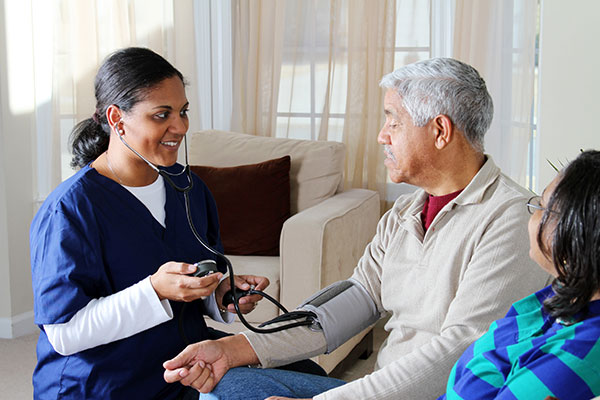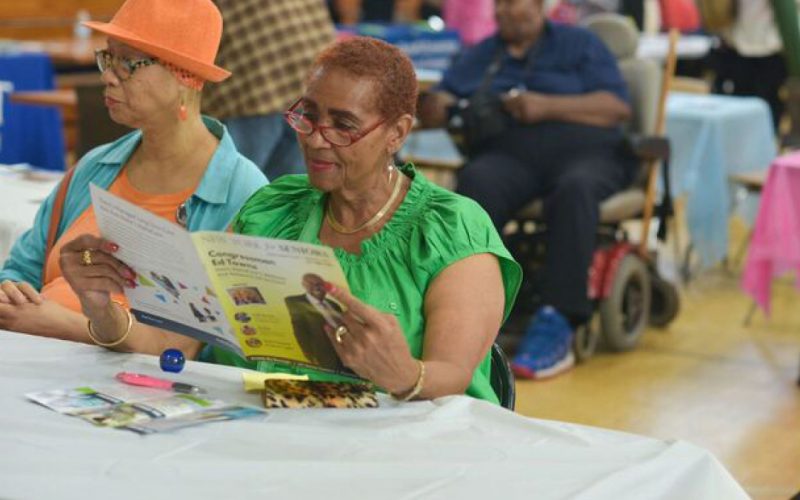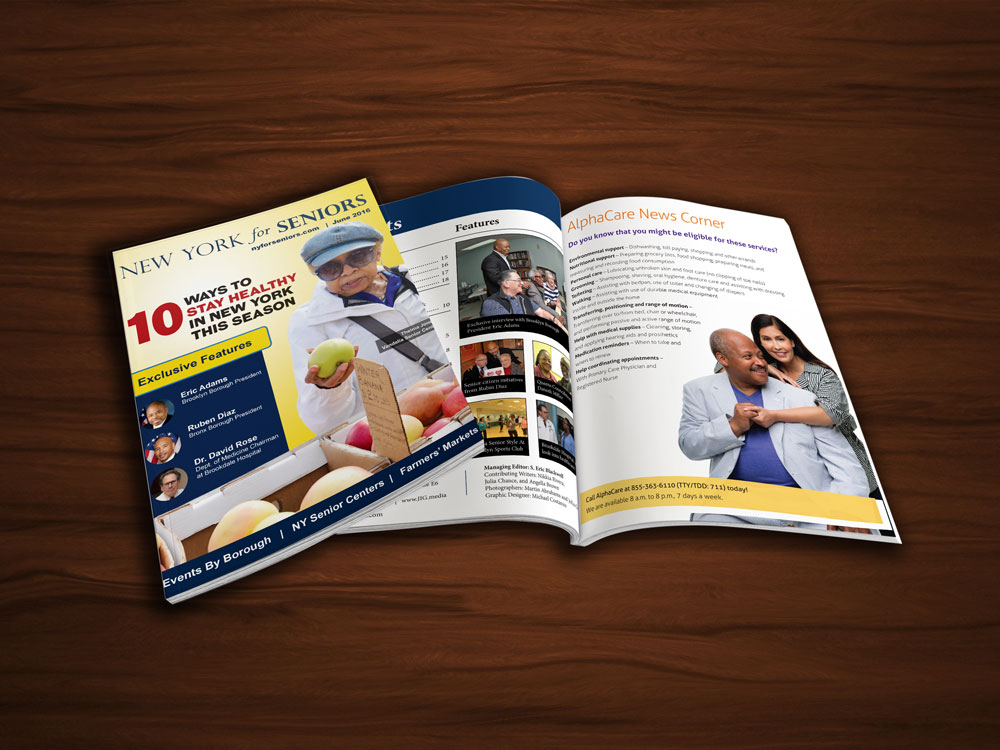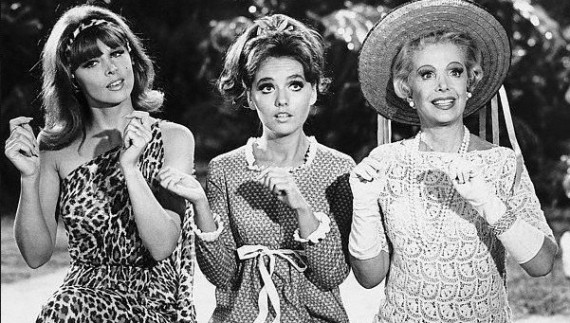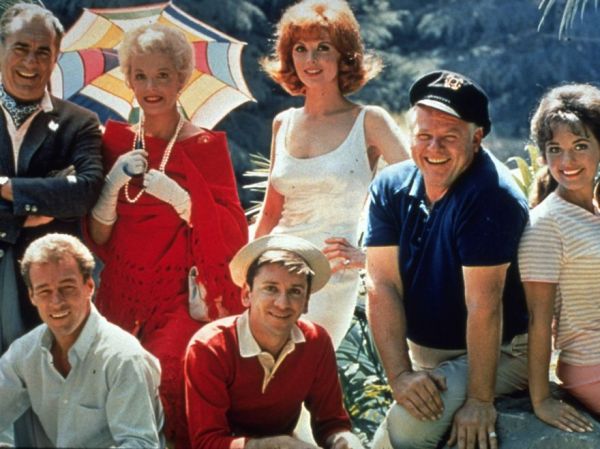Pastor Clinton Miller Shares His Vision for NY Seniors
For 15 years, Brown Memorial Baptist Church has been under the helm of a neighborhood kid. Born and raised in Brooklyn and a graduate of nearby Bishop Loughlin High School, Pastor Clinton Miller has lead his 800+ strong Clinton Hill, Brooklyn congregation with a steady hand and a focus on community. This has proven to be no small feat, as the local real estate market is now a driving force of change in this area.
A significant amount of seniors can no longer afford the rents of their apartments, where they’ve lived for years, raising families. Displaced by both rising costs and lack of affordable housing, many aging church members have opted to relocate out of state after retirement, while many choose to remain. (40% of BMBC’s current membership is 65 and over)
One of the areas that we intend on working in is affordable housing,” says Pastor Miller, “specifically for seniors.” Partnerships and alliances, such as those with East Brooklyn Congregations (EBC) and the NYPD keep the church in active discussions regarding urban planning and responsible land development, along with improving trust and relations between the community and local law enforcement.
A large aging congregation also requires basic general care and services, such as assistance with shopping and maintaining a household, handling financial matters, and tending to good health practices: Brown Memorial has an HIV AIDS ministry that conducts testing regularly. Pastor Miller notes recent statistics state the fastest growing demographic to contract HIV is senior citizens, so BMBC offers considerable HIV-prevention education through workshops and seminars.
Brown Memorial turns 100 in 2016; one milestone celebration was participation in the New York Conservancy’s Sacred Sites Tour in May, when the church invited the public to view the sanctuary and learn all about its architectural history. Pastor Miller recently welcomed visitors, former U.S. Representative Edolphus Towns, Jr. and Democratic Candidate for President of the United States, Hillary Rodham Clinton.
Witnessing all the church has accomplished and planned under the leadership of Rev. Clinton Miller, there is no doubt the BMBC church family is in good hands.
Brown Memorial Baptist Church
484 Washington Ave.
Brooklyn, NY 11238
Tel. (718) 638-6121

